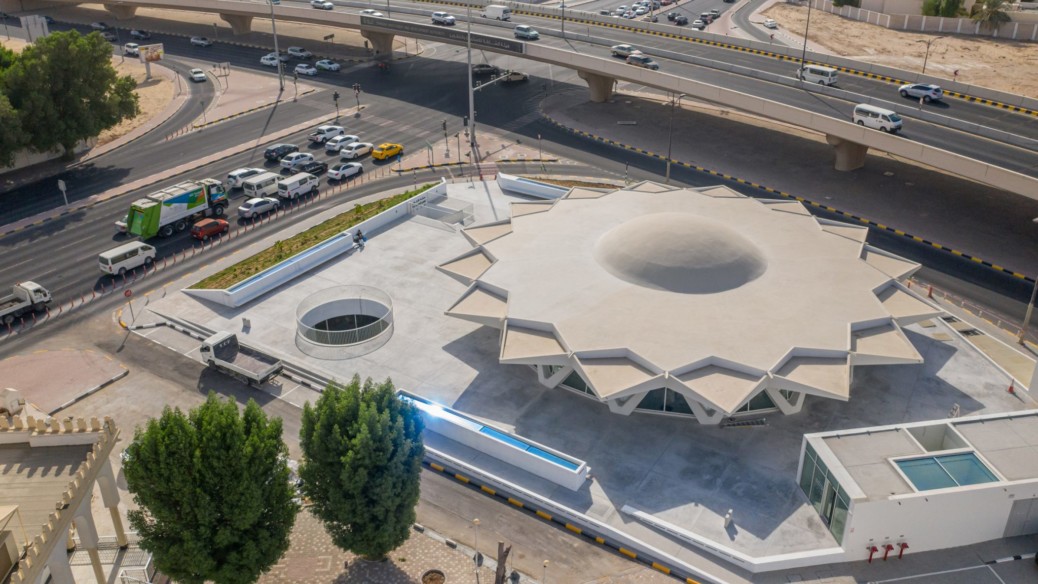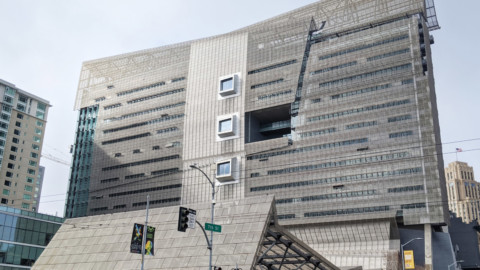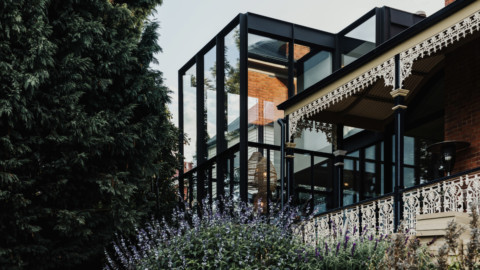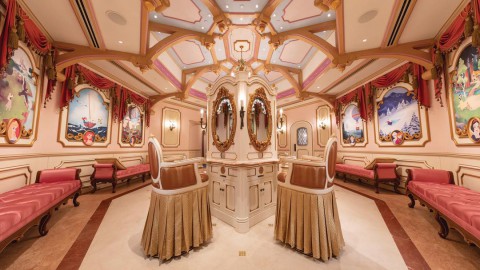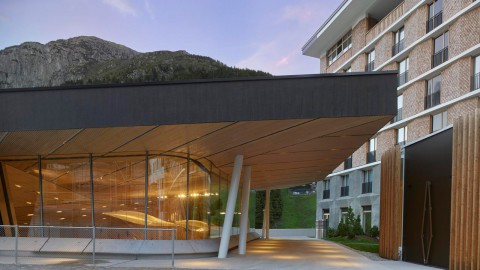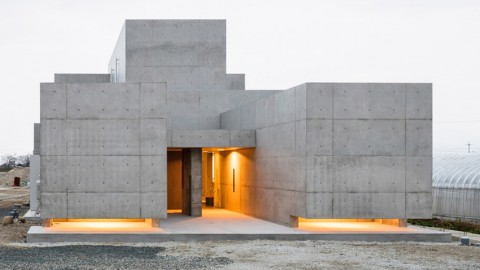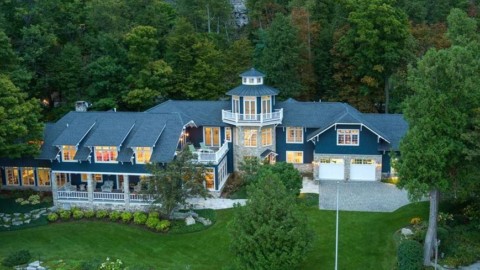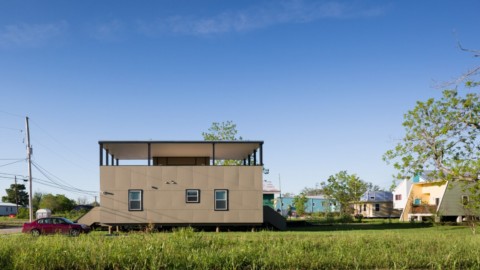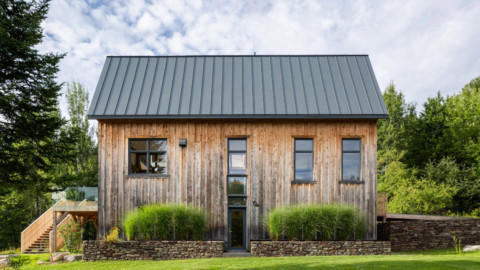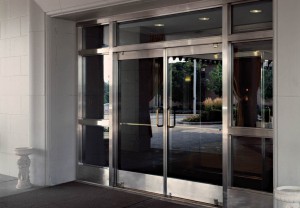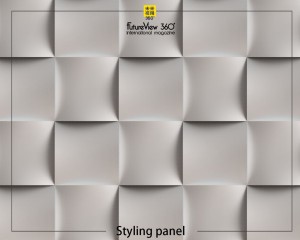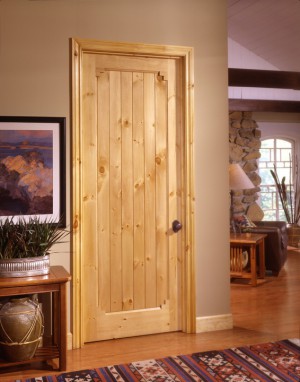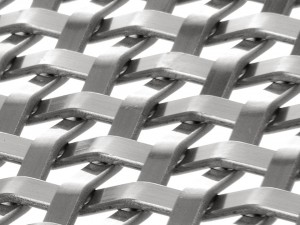UAE-based SpaceContinuum Design Studio has collaborated with the Sharjah Art Foundation to turn a 1970s brutalist restaurant into an arts centre in Sharjah.
Originally opened in 1978 as a French restaurant and patisserie, the Flying Saucer has been renovated to become an exhibition venue for the Sharjah Art Foundation (SAF), which organises the emirate’s art biennial and is a partner of the Sharjah Architecture Triennial.
總部位於阿聯酋的SpaceContinuum Design Studio與沙迦藝術基金會合作,將一家1970年代的野獸餐廳轉變為沙迦的藝術中心。
飛碟最初於1978年作為法國餐廳和法式蛋糕店開業,經過翻新後成為沙迦藝術基金會(SAF)的展覽場地,該基金會組織酋長國的藝術雙年展,也是沙迦建築三年展的合作夥伴。
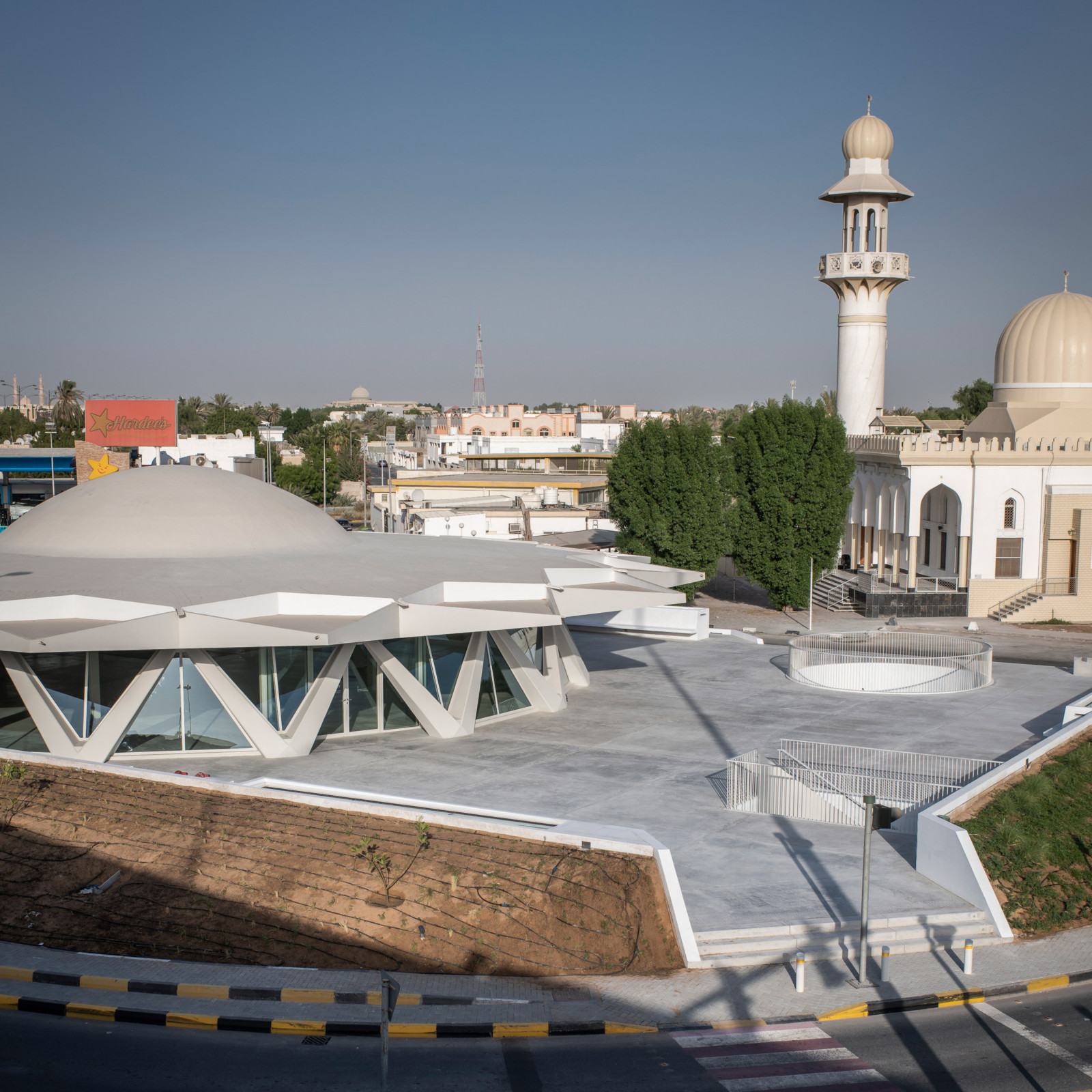
The local landmark, which became a supermarket in the 1980s and then a chicken restaurant in the 2000s before being purchased by the SAF in 2012, has been stripped back to reveal its original unique silhouette.
An attached annexe was removed along with its grey and orange aluminium cladding to showcase the distinctive, 32-pointed concrete dome that is supported by triangulated, intersecting columns.
Internally, a false ceiling and partitions were removed to create one large space topped by the 7.3-metre high dome that will be used for major installations.
當地的地標,在1980年代成為了一家超市,然後在2000年代成為了一家雞肉餐廳,然後在2012年被SAF收購,如今已被剝離以揭示其原始的獨特輪廓。
去除了附件的附件以及其灰色和橙色的鋁質覆層,以展示由三角形相交柱支撐的獨特的32點混凝土穹頂。
在內部,拆除了虛假的天花板和隔板,以創建一個較大的空間,其頂部是7.3米的圓頂,該圓頂將用於大型安裝。
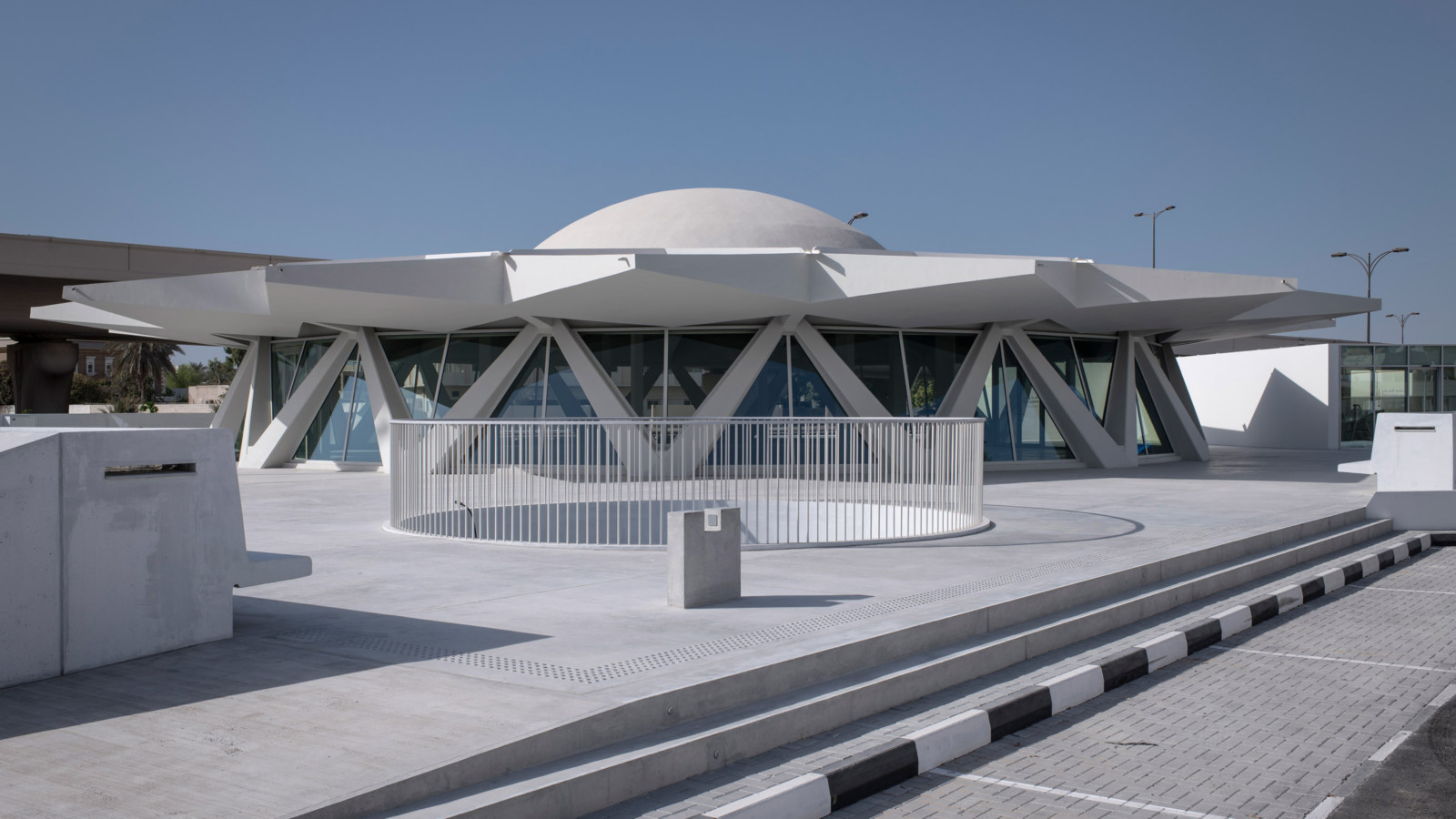
“We reversed the transformations undertaken during the Flying Saucer’s occupation by Al Taza restaurant that led to the erasure of the building’s Brutalist character,” explained SpaceContinuum Design Studio founder Mona El Mousfy.
“The core aim of the present restoration was to bring the Flying Saucer back to its original silhouette by removing its incongruous connected annex, reinstating its openness and perceptual lightness,” she told Dezeen.
“This deletion fully restores on the interior and exterior the radial symmetrical shape of the building, helping to further appreciate its quite magnificent roof and facade structures.”
SpaceContinuum Design Studio創始人Mona El Mousfy解釋說:“我們扭轉了Al Taza餐廳在飛碟佔領期間所做的轉型,從而消除了該建築的野獸派性格。”
她對Dezeen表示:“目前的修復工作的核心目標是通過取消不連貫的連接附件,使飛碟恢復其原始輪廓,從而恢復其開放性和知覺度。”
“這種刪除完全恢復了建築物內部和外部的徑向對稱形狀,有助於進一步欣賞其相當宏偉的屋頂和立面結構。”
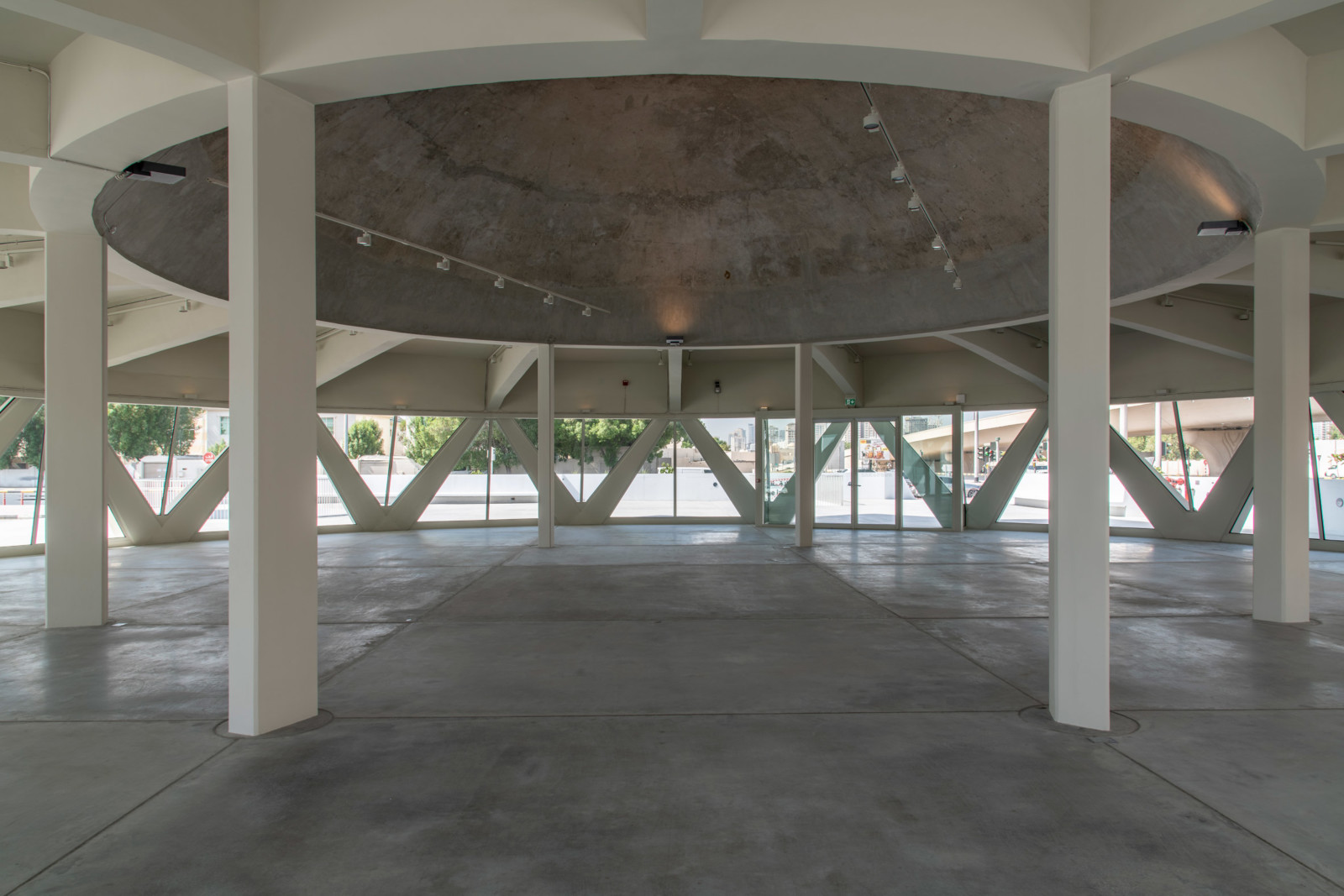
To allow the Flying Saucer to stand alone, the majority of the art centre’s other functions have been placed underground in a large space that SAF named the Launch Pad.
This space occupies the majority of the site and is accessed by an open staircase within a public square, named the Platform, that was created alongside the venue on the former parking lot.
為使飛碟能夠獨立放置,藝術中心的其他大部分功能都放置在地下,並被SAF命名為“發射台”。
該空間佔據了場地的大部分空間,可通過公共平台內的敞開樓梯進入,該公共平台名為Platform,該廣場是在前停車場的場地旁創建的。
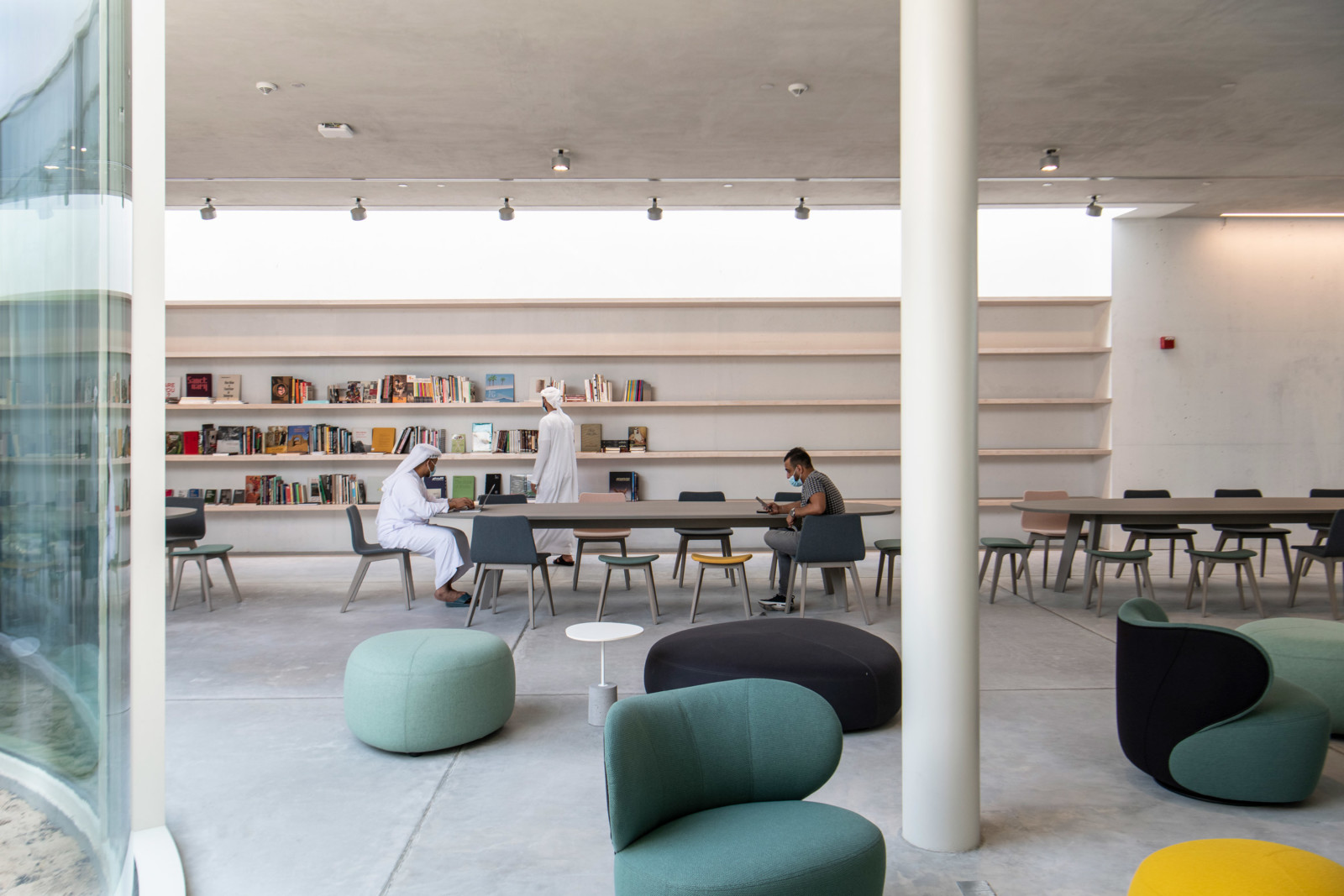
“The new underground venue dubbed the Launch Pad – keeping with the space theme – was conceived to complement the Flying Saucer both spatially and programmatically,” explained El Mousfy.
“In contrast with the Flying Saucer, the Launch Pad has a fluid spatial geometry that mirrors the new urban space dubbed the Platform; it fans around the Saucer’s faceted retaining walls and extends to the periphery of the site.”
埃爾·穆斯菲(El Mousfy)解釋說:“新的地下場地被稱為發射台,與空間主題保持一致,其構想是在空間和程序上補充飛碟。”
“與飛碟相比,Launch Pad具有流動的空間幾何形狀,可以反映被稱為平台的新城市空間;它圍繞著飛碟的多面擋土牆呈扇形延伸,並延伸到場地的外圍。”
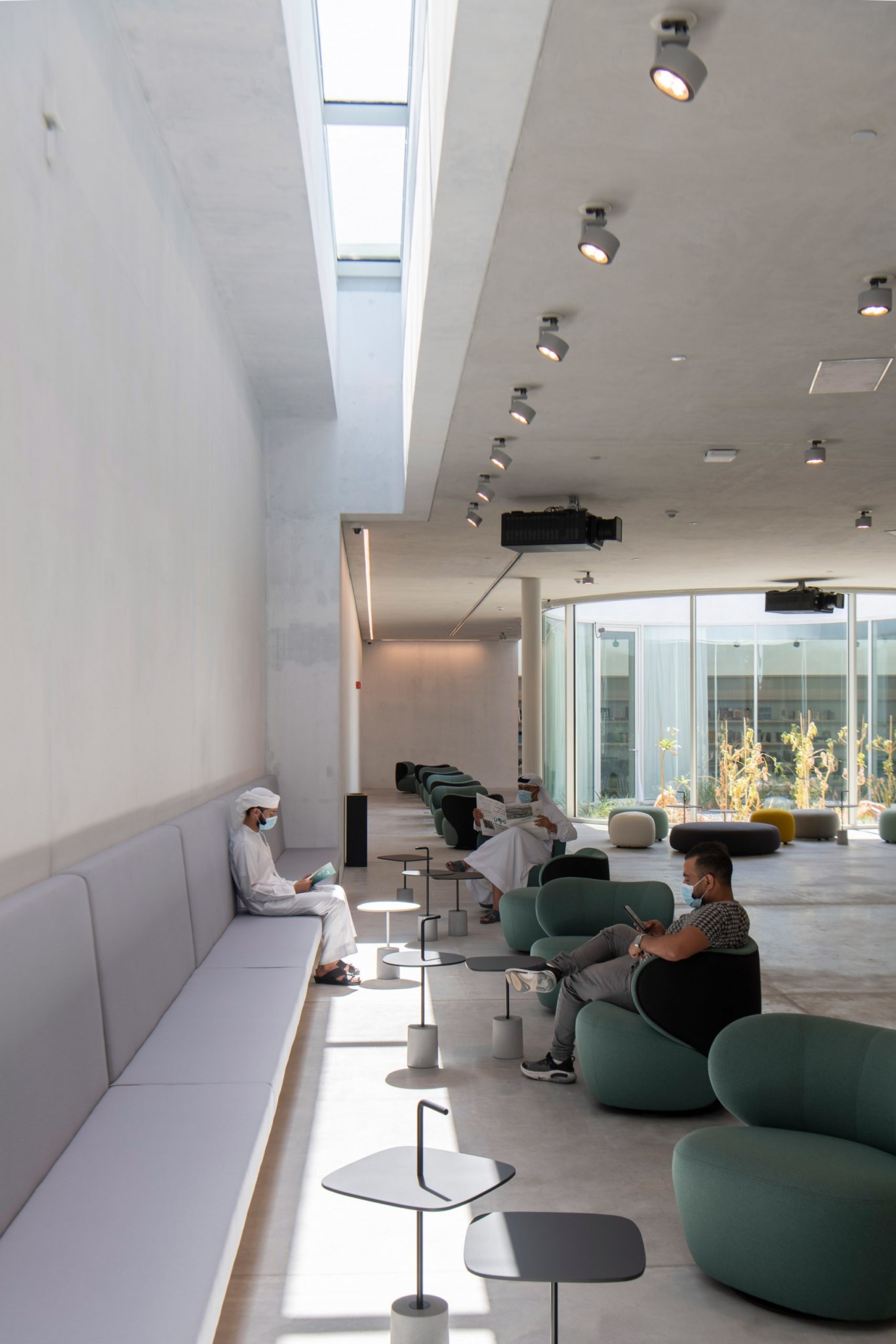
This underground space, which is lit by three linear skylights along the edges of the site and a circular sunken courtyard, contains a cafe, library and several meeting rooms.
Its main, open space is designed to be used for exhibitions, workshops and film screenings, and is flanked with long tables that can be used as workspaces.
這個地下空間由沿場地邊緣的三個線性天窗和一個圓形的下沉式庭院照明,設有咖啡館,圖書館和數個會議室。
它的主要開放空間設計用於展覽,講習班和電影放映,並且兩側有可用作工作區的長桌。
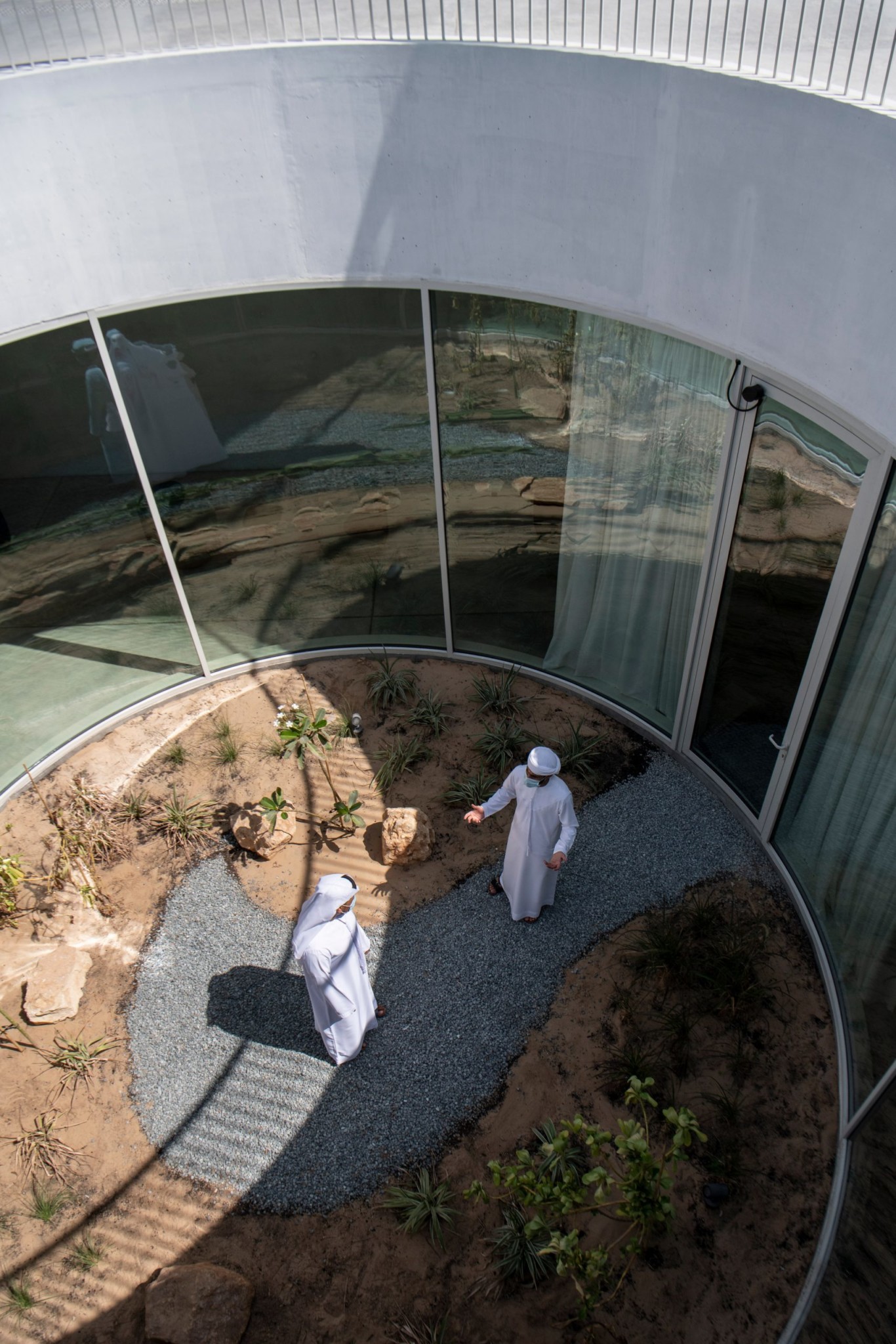
El Mousfy, who also acts as an architectural consultant for SAF, hopes that the venue will become a hub that attracts people from Sharjah and across the United Arab Emirates and will continue its architectural legacy.
“The venue’s iconic quality, expressing the optimism and forward-looking vision of the UAE genesis years, and its surprising adaptability and participation in the urban life and history of the surrounding neighbourhoods have contributed to its place in Sharjans’ collective cultural memory and place identity,” she said.
“With this in mind, Sharjah Art Foundation believed it was important to maintain the beloved Flying Saucer and to create through the present renovation vibrant urban and architectural spaces that support community gathering, learning and creativity with the aim to further inscribe the building and its urban fragment in the daily life of Sharjans.”
埃爾·穆斯菲(El Mousfy)還是SAF的建築顧問,他希望該場地將成為吸引沙迦和整個阿拉伯聯合酋長國人民的集散地,並將繼續保留其建築遺產。
“該場館具有標誌性的品質,表達了阿聯酋創始年的樂觀和前瞻性,其令人驚訝的適應性以及對城市生活和周圍社區歷史的參與,有助於其在沙裡揚人的集體文化記憶和場所認同中的地位 ,“ 她說。
“考慮到這一點,沙迦藝術基金會認為,重要的是保持心愛的飛碟,並通過目前的翻新來創建充滿活力的城市和建築空間,以支持社區的聚集,學習和創造,以進一步銘刻建築物及其城市景觀。 Sharjans日常生活中的碎片。”
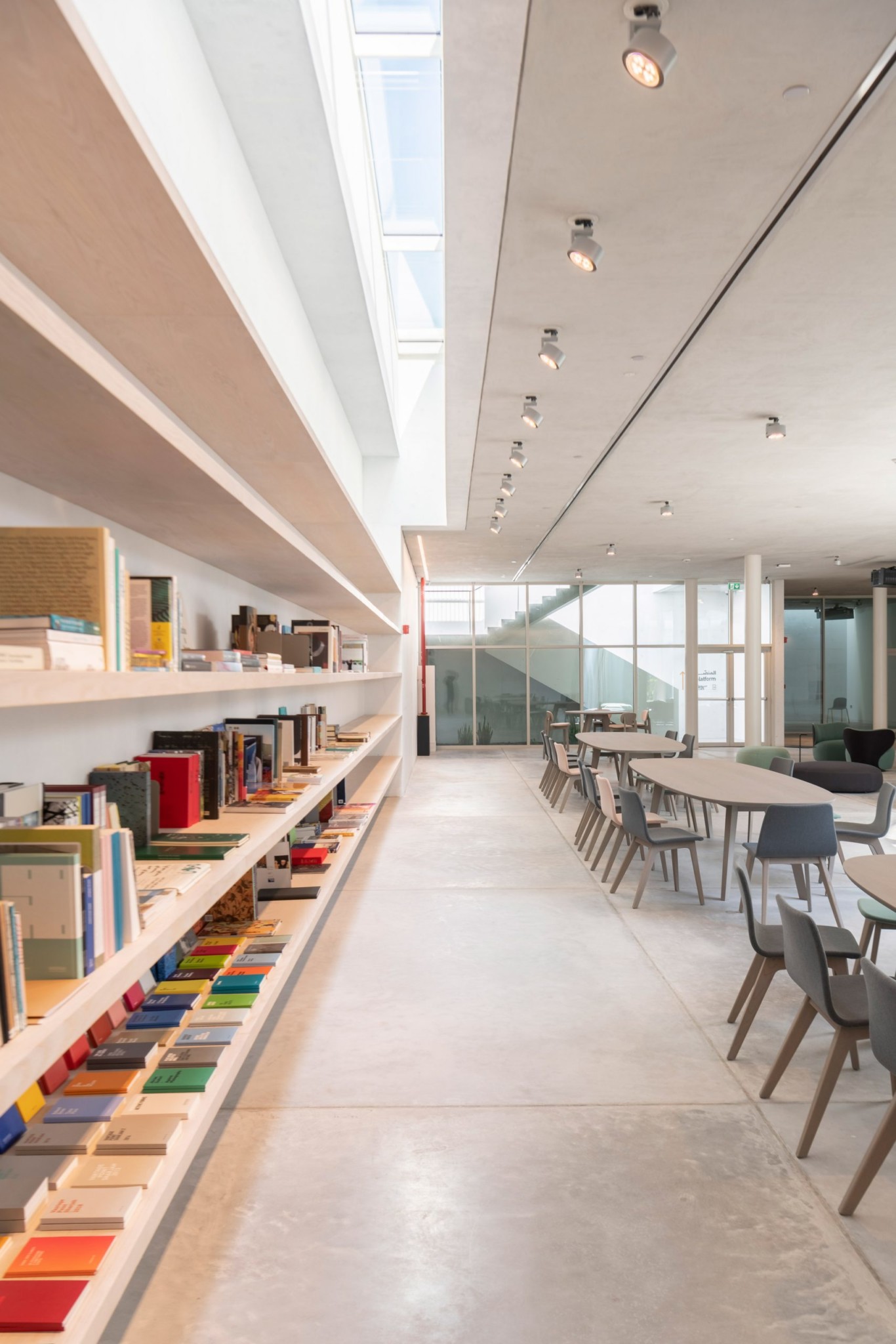
The Flying Saucer restaurant is one of many buildings from the 1970s and ’80s that are being restored by SAF and the Sharjah Architecture Triennial. This includes the two main venues for last year’s triennial – the Al Jubail Vegetable Market and a school that has been refurbished by El Mousfy to become the triennials permanent headquarters.
SAF is also converting the 1970s Khor Fakkan cinema into a music school and a pyramidal-roof-topped kindergarten into a community centre.
飛碟餐廳是1970年代和80年代由SAF和沙迦建築三年展修復的眾多建築之一。 其中包括去年三年展的兩個主要場所– Al Jubail蔬菜市場和一所學校,該學校已由El Mousfy翻新,成為三年展的永久總部。
SAF還將1970年代的Khor Fakkan電影院轉變為音樂學校,將金字塔頂的幼兒園轉變為社區中心。
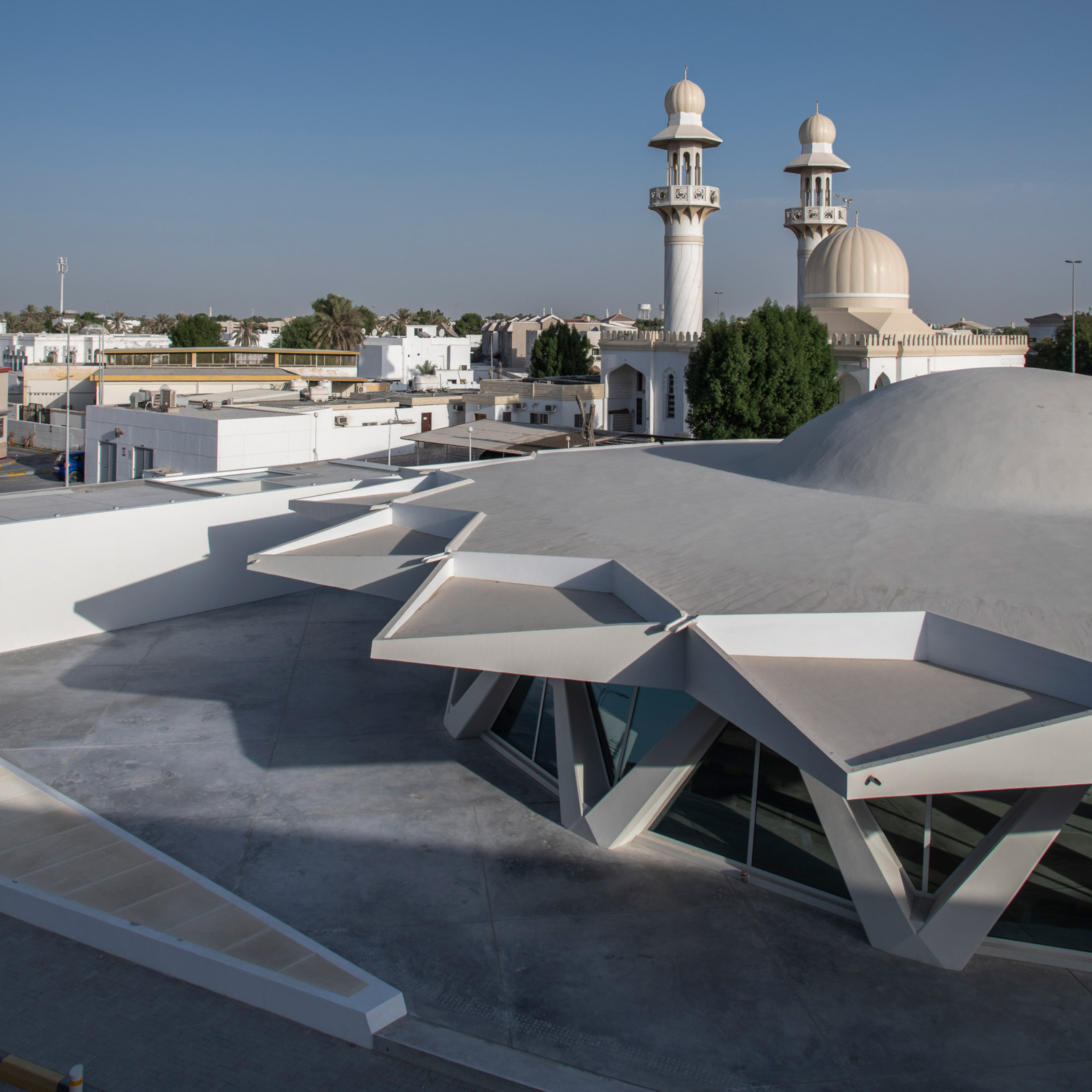
“In the period following the UAE’s formation in 1971 many of the 70s and 80s buildings were public projects commissioned by the nascent state,” explained El Mousfy.
“They aimed at prioritising civic development, hence their historical importance and the need to preserve them. Some other buildings like the Flying Saucer continue to represent a clear expression of the futuristic vision of the seventies, a period when modernity was beginning to be embraced in the city,” she continued.
“The repurposing of these buildings preserves them while highlighting their architectural and urban qualities and revealing their rich history with multiple references to the UAE’s own history.”
埃爾·穆斯菲(El Mousfy)解釋說:“在1971年阿聯酋成立後的時期,許多70年代和80年代的建築都是由新生國家委託進行的公共項目。”
“他們的目標是優先考慮公民發展,因此具有歷史意義,並需要保護它們。飛碟等其他建築繼續清晰地表達了七十年代的未來主義願景,在這個時期,現代性開始被接受。 這座城市。”她繼續說道。
“這些建築的用途得以保留,同時彰顯其建築和城市特質,並通過多次引用阿聯酋自己的歷史來揭示其豐富的歷史。”
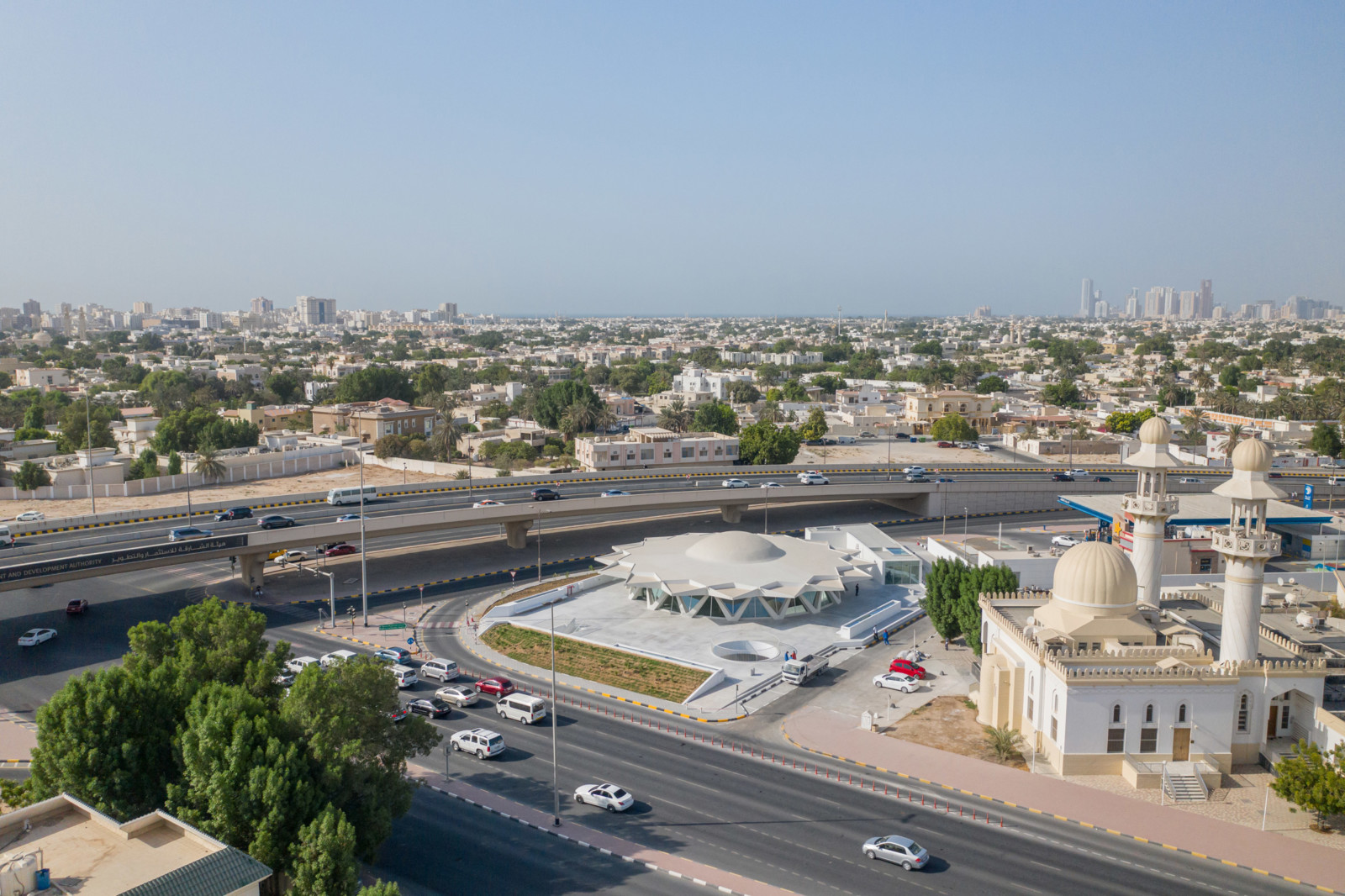
Along with its preservation work in the emirate, El Mousfy also led SpaceContinuum Design Studio’s creation of a pavilion to permanently house Random International’s Rain Room installation.
Photography is by Danko Stjepanovic.
除了在酋長國進行保存工作外,El Mousfy還領導了SpaceContinuum Design Studio創建的涼亭,以永久容納Random International的雨室裝置。
攝影是Danko Stjepanovic。

